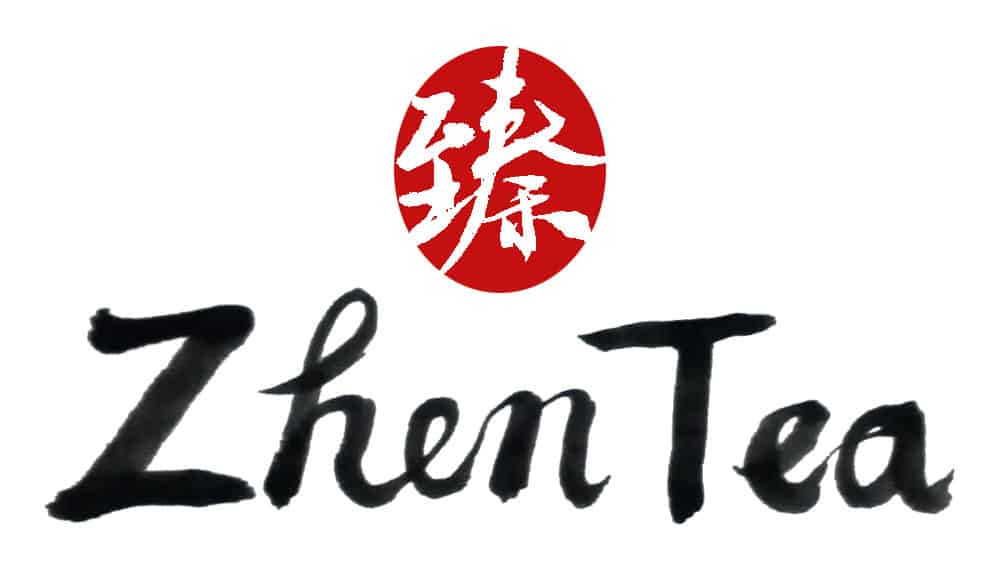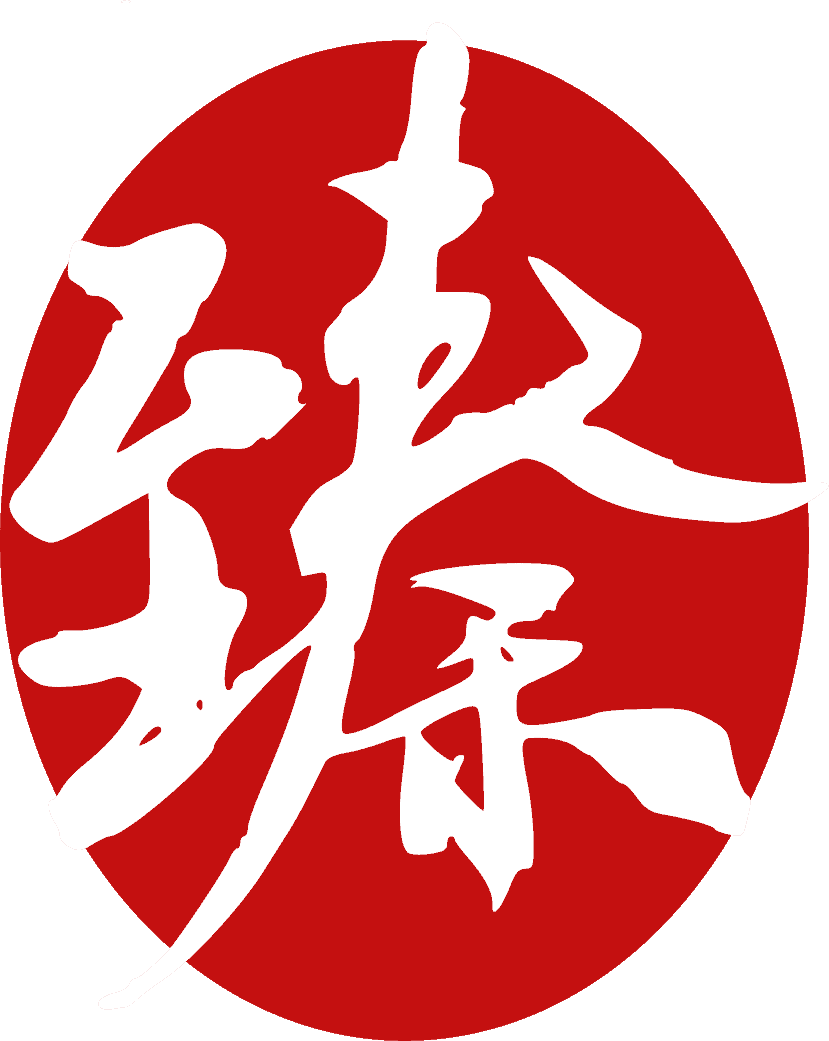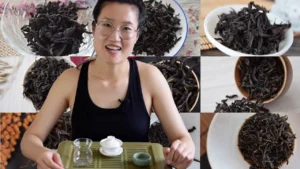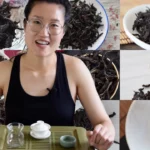One of the reasons that Chinese tea and tea culture play a major part in the world’s tea scene is that the understanding, appreciation and selectiveness of tea goes beyond the leaves. The saying goes, “water is the mother of tea and the vessel is the father of tea”. As the bearer of tea, its water affects the taste of the tea greatly.
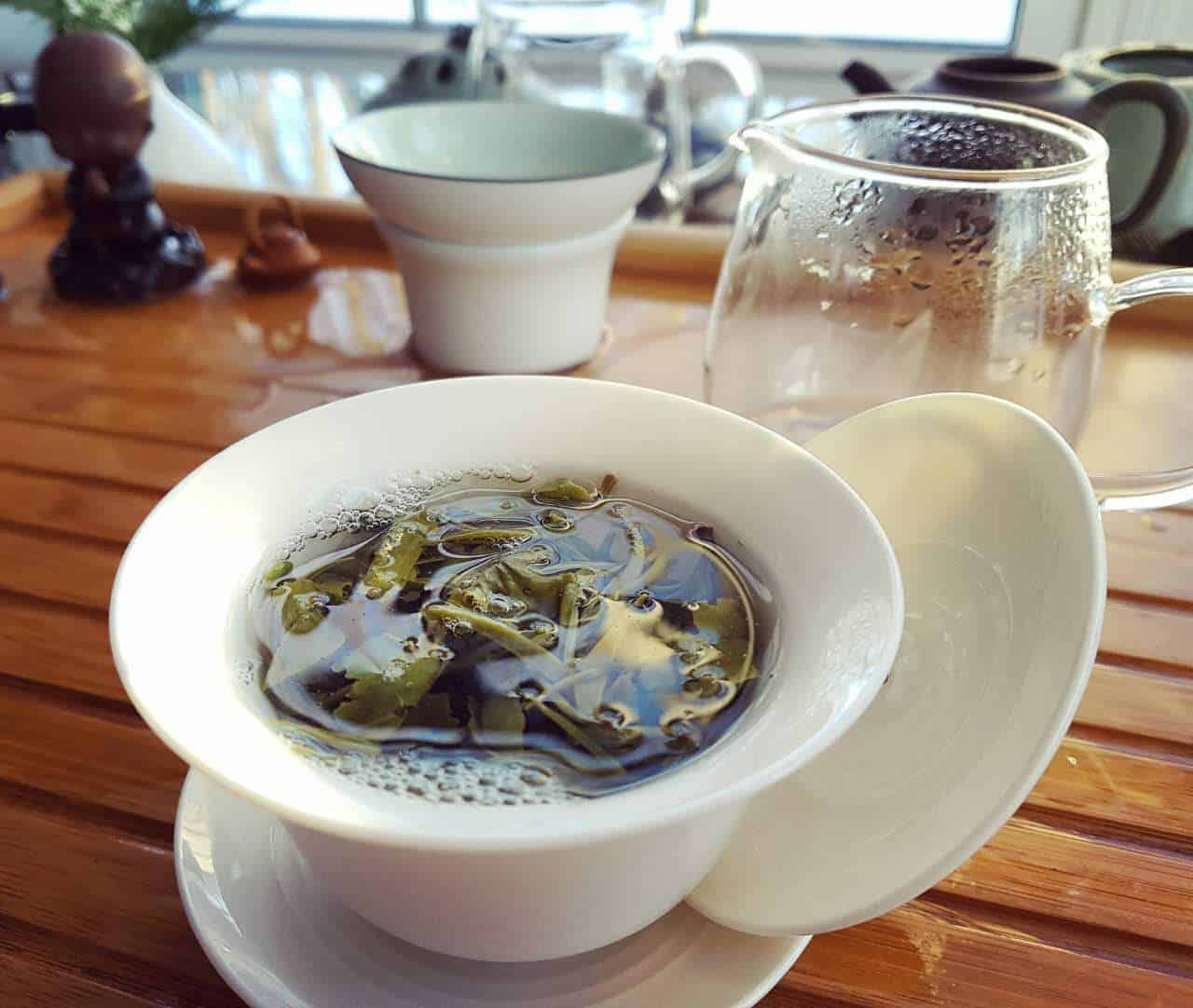
We often say plain water, however, water is not as plain as we might think. Water has been playing an important role in tea tasting ever since ancient China. According to tea sage Lu Yu (唐, 陆羽, 《茶经》, 733~804 AD), the best water to brew tea is spring water from the mountains, then the water from a river or lake, the worst is well water. Emperor Song Hui Zong (宋, 宋徽宗, 《大观茶论》, 1082~1135 AD) believes that the best water for tea should be pure, light, sweet and clean. Xu Ciyu (明, 许次纾, 《茶疏》, 1549~1604 AD) states that good water is the media of the delicacy and the complexity of the tea, and there is no good tea without a good water. Zhang Dafu (明, 张大复, 《梅花草堂笔谈》, 1554~1630 AD) concludes that tea needs water to express its quality. Good water can elevate a medium tea to the next level, while the good tea can only be mediocre when brewed in sub-par water.
When we brew tea at home, we have many choices, tap water (filtered or not filtered), distil water, various spring water from grocery stores, and more. So what should we choose to brew water? Distilled water doesn’t affect the tea much and we like to use it during the festivals because it’s cleaner. However, it can be quite boring for the tea. I personally prefer spring water to brew tea at home. A proper percentage of mineral content in the spring water can enhance the aroma of the tea while adding the complex mouth feel. But too much mineral in the water will quell the aroma and add an unpleasant thickness to the liquor. Different spring water tastes differently and different teas require different water to bring out their best. Experiment and have fun. Exploring is a great part of the tea journey.
We often hear about how water temperature affects the tea. It is certainly true that different teas need different water temperatures to bring out their best. Not only do different categories need slightly different temperatures, but the shape and the grade will also affect the ideal brewing temperature. Because higher water temperature tends to bring out more bitterness and astringency from the tea, boiling is often considered an easy and efficient tea grading temperature. A great tea should withstand brewing in boiling water, whether it is green or white tea, not to mention oolong or black tea. Only properly boiled water can bring out the essential qualities of a fine tea.

Nowadays we have thermometer to measure the water temperature, and there also are fancy kettles that can bring the water to a certain temperature. But the ancient people had a more romantic while strict approach in terms of boiling water for tea. It was always boiled, but to what degree it was boiled was the key factor. Old or new, live or stale, and the fast or slow were the measurement tools they used. All of these affect the taste of water and ultimately, the taste of the tea. What is old or new boiled water? Lu Yu concludes that there are three types of boil for water. The first boil is when the water bubbles are about crab eye sized, coming from the middle of the kettle, and making a slight noise. The second boil is when the bubbles continuously comes from the edge of the kettle. Finally, the third boil is when the water is churning furiously in the kettle. This stage is called old boiled water, and it is no longer suitable for tea brewing. The second boil is the best for brewing tea while the first boil is too new, in modern language, the temperature is too low. It is also recommended that water be boiled quickly. A hot burning material like fine wood or high crafted charcoal can greatly contribute to it. Zhang Yuan (明, 张源, 《茶录》) took one step further summarizing that there are three major ways, sound, steam, and bubble shapes, to tell the water temperature and fifteen detailed ways under those three categories.
As a practitioner of intuitive brewing, I enjoy experimenting with different water types and determining the temperature of the water by observing the bubbles, the steam, and listening to the sound of the water boiling and the sound of the pouring water hitting the tea leaves. It’s definitely a very fun part of Cha Dao.
